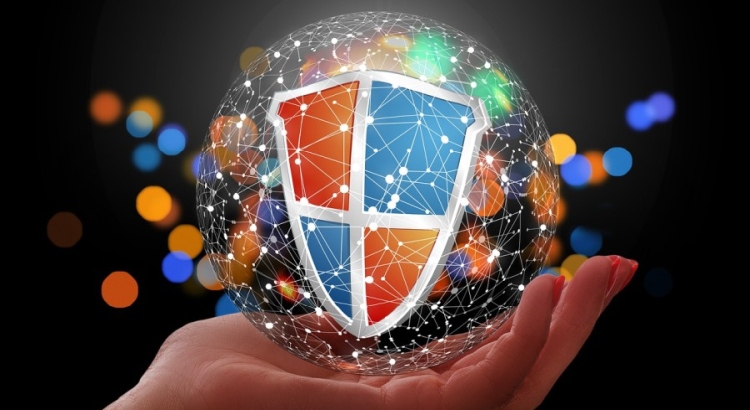How to Keep Your Video Conferences Secure: 7 Essential Tips
When the COVID-19 pandemic began, people moved much of their work and social lives online. Video conferencing tools like Zoom, Microsoft Teams, Skype, and Google Meet became daily necessities. Along with this shift, concerns about video conferencing security grew. Sensitive information—like business plans and personal details—gets exchanged online. If you do not use good security practices, you risk leaks, hacks, and unwanted attendees.
This guide explains the top risks you face and seven simple steps you can take to secure your video meetings effectively.
Why Video Conferencing Security Matters
- Data exchanged online can be hacked or leaked if security is weak.
- Uninvited guests (sometimes called “zoom bombers”) may enter meetings.
- Private content, including company secrets, can be recorded and spread.
One survey found that over 20% of organizations reported security issues with video meetings in 2020 (Statista, 2020).
7 Security Tips for Better Video Conferences
1. Always Use Passwords
- Require a password for every meeting.
- Create a unique meeting ID and password for each session.
- Choose strong passwords: use a mix of numbers, symbols, and letters. Aim for 15 characters or more.
Using secure passwords stops uninvited guests from crashing your calls.
2. Set Up Waiting Rooms
- Use a virtual waiting room or lobby.
- Manually admit attendees when the meeting starts.
- Verify participant names before letting anyone in.
Most video apps offer this feature in security settings. It allows only approved users to join.
3. Lock Your Meetings Once Started
- Lock your meeting as soon as all invited attendees have joined.
- After locking, no one else can enter—even if they have the link and password.
- If someone needs to join late, admit them from the waiting room manually.
Locking prevents new, unwanted entrants.
4. Share Meeting Links Privately
- Send invites only through secure channels—such as the company email system or trusted chat platforms.
- Never share links on public social media or forums.
- Watch out for phishing scams: confirm the sender before joining any meeting.
Publicly posted or widely forwarded links are a common way for intruders to gain access.
5. Restrict Screen Sharing
- Turn off screen sharing for participants by default.
- Let only hosts or trusted participants share their screens as needed.
- Always monitor who is sharing content.
This step prevents unwanted content from being shown and stops “zoom bombers”.
Extra tip: Be careful with your real background. Use a virtual background to hide any sensitive info that could show up on screen.
6. Consider Audio-Only Meetings
- Use audio-only if video is not required for your meeting.
- Audio meetings lower the chance of visual leaks and reduce possible distractions.
- Audio uses less internet bandwidth, helping meetings run smoothly for everyone.
This is especially useful for large meetings or when sharing visuals is unnecessary.
7. Make Sure Live Captioning Is Secure
- Know how and where your meeting’s captions or subtitles are stored.
- Choose secure transcription services that use encrypted storage and delete files after use.
- Ask about privacy policies before using automated captioning tools.
For high-quality and secure meeting records, professional subtitling and captioning services like GoTranscript use advanced encryption and trusted workflows to protect your data.
Extra Steps for Maximum Safety
- Always update your video conferencing software to the latest version to patch security holes.
- Educate all users—staff or family—on basic security practices for online meetings.
- Monitor your company’s video meeting protocols and adjust as threats change.
An educated team is your first line of defense against online threats.
Benefits of Secure Video Conferencing
- Protects your sensitive company or personal information
- Stops uninvited guests from disrupting meetings
- Reduces the risk of leaks, fraud, and reputation harm
How GoTranscript Can Help
Keeping your video conferences secure is not only about the software you use. It also depends on how you handle meeting records, captions, and transcripts. GoTranscript offers trusted solutions for all your transcription service needs, with extra security built in.
- Support for automated transcription and AI-based subscriptions
- Professional captioning and subtitling options
- Careful proofreading and accurate translations
- End-to-end encryption and strict privacy policies
- Affordable transcription pricing and transparent captioning rates
Whether you need to order transcription, order captions, or need help with audio translation, GoTranscript has experts available to keep your information safe. Choose GoTranscript when privacy and accuracy matter.



















 Verified Order
Verified Order